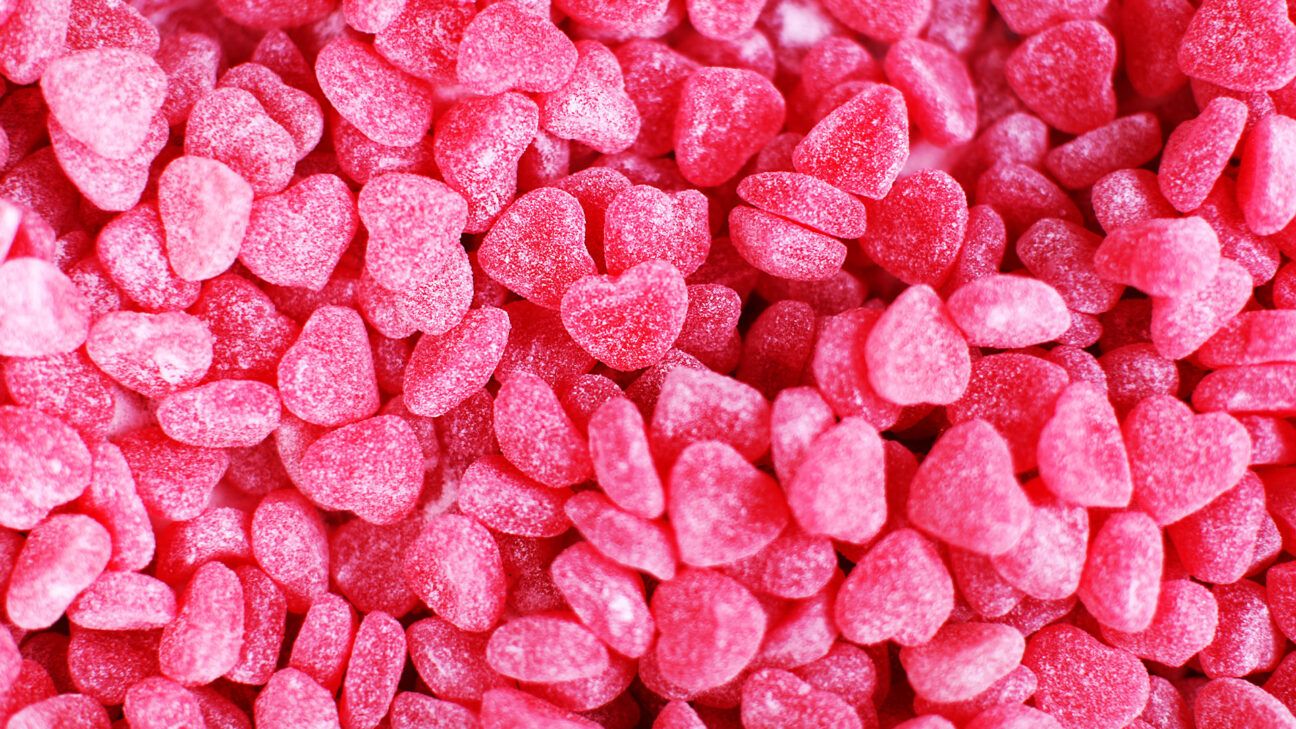
- The FDA issued a ban on the use of red dye No. 3 in food and beverage products as well as prescription and OTC drugs.
- The synthetic dye has been linked to cancer in animal studies and was banned more than 30 years ago in cosmetics and topical drugs.
- Experts say the FDA’s move is a step forward in improving public health.
The Food and Drug Administration (FDA) issued a nationwide ban on January 15 that will prohibit the use of red dye No. 3 in food and beverage products and ingested drugs. The ban will take effect in 2027.
The synthetic dye, approved for use in 1907, was banned in cosmetics and topical drugs in 1990 over evidence as a potential carcinogen. Red No. 3 has also been found to cause cancer in animals.
Although Red no. 3 is already banned or restricted in several countries in the European Union, as well as Australia and Japan, it’s still found in many commercial products in the U.S.
Known for its trademark cherry hue, red No. 3 is found in many name-brand foods and beverages, from candies to baked goods, snacks, desserts, and fruit-flavored juices and sodas.
Many over-the-counter drugs, such as cough syrups and pain relievers, contain red No.3 as a coloring agent. Prescription medications for weight loss or conditions like acid reflux also contain the dye. Some personal care products, like toothpaste and mouthwash, also list red No. 3 as an ingredient.
The FDA’s decision to ban red No. 3 follows years of lobbying by public health groups like the Center for Science in the Public Interest (CSPI), Center for Food Safety, and Environmental Working Group, and a throng of activists who petitioned the FDA to ban the synthetic dye.
The petition cited animal studies that found that rats developed thyroid tumors and cancer when exposed to high doses of red dye No. 3.
The Environmental Working Group (EWG) called the FDA’s ban a “significant move to protect public health.”
“We wouldn’t be celebrating this historic decision today without the relentless leadership of public health champions like Michael Jacobson and others who took up this fight decades ago on behalf of consumers,” said EWG President and Co-Founder Ken Cook,” said in a statement. Jacobson co-founded CSPI in 1971.
“We all owe a debt of gratitude to Michael and the other early leaders who pushed the FDA to remove toxic chemical ingredients from the nation’s food supply,” Cook added.
Why was red dye No. 3 banned?
Synthetic dyes like red dye No. 3 have been linked to negative health outcomes like cancer.
“The Delaney Clause forbids the FDA from approving any food or color additive shown to cause cancer in humans or animals,” Kelsey Costa, a registered dietitian nutritionist and founder of Dietitian Insights, told Healthline.
“By this standard, red dye No. 3 should have been prohibited from use in food decades ago,” she noted.
“This decision aligns with the 2023 California Food Safety Act, which prohibited red dye no. 3 and some other additives deemed unsafe. Following California’s lead, several states have since introduced similar legislation, prompting the federal government to act,” Costa explained.
What are the health risks of red dye?
Costa said that given the potential health risks associated with red No. 3, the FDA’s red dye ban “comes as no surprise.”
“Although animal studies don’t always apply directly to humans, there is limited recent research on humans to assess the potential cancer risks associated with food dyes,” she said.
In addition to animal studies linking red dye No. 3 to cancer, other research has shown a risk of neurobehavioral effects, such as hyperactivity in children, associated with the chemical. This led to a ban in California as other states followed suit.
“Both human clinical trials and animal toxicology studies suggest that synthetic food dyes, including red dye no. 3, may be linked to behavioral impacts in children, highlighting the need for stricter regulatory oversight. The new nationwide ban simplifies enforcement and ensures consistent safety standards across the country, addressing concerns raised by research and public health advocates,” she continued.
Costa explained red dye No. 3 may be of particular concern due to the high levels of exposure among children in the U.S. through artificially colored foods and beverages.
She cited an analysis of dietary data from 2015 to 2016 suggesting that most food dyes are consumed below the safety limits set by health authorities, except for red dye No. 3.
“It was among children’s most commonly consumed dyes, and mean exposure levels for the youngest age groups were reported up to 15 times higher than the recommended limit. The FDA’s previous safety limit, known as the acceptable daily intake, for red No. 3 was 2.5 milligrams per kilogram of body weight per day,” she explained.
A step toward improving public health
Once the ban takes effect on January 15, 2027, manufacturers must replace red No. 3 with an alternative food coloring ingredient that meets FDA requirements.
Katie Sanger, a registered dietitian at WellTheory, called the FDA’s ban on red dye no. 3 “a step toward improving public health.”
Sanger told Healthline the shift aligns with the principle of addressing the root causes of chronic health issues, many of which are influenced by dietary and environmental factors.
“By removing harmful additives we take a proactive step toward reducing the toxic burden on the body,” she said.
While some experts say manufacturers might just swap red No. 3 for red 40, Sanger listed some plant-based derivatives as potential nontoxic substitutes:
- Beet juice: A vibrant red pigment commonly used in natural food products.
- Hibiscus or elderberry extracts: High in antioxidants and provide a natural red hue.
- Annatto or paprika extract: Though typically used for orange or red-orange shades, they can be modified for deeper tones.
- Red cabbage or radish-derived anthocyanins: These are increasingly used in clean-label products and are considered safe.
“While these natural alternatives may not mimic the vibrancy of synthetic dyes, they may be a solution that comes with additional nutrients/antioxidants, rather than introducing potential toxins,” Sanger said.
“The delayed restriction of red No. 3 in foods highlights systemic gaps in the regulation of food additives and the prioritization of industrial convenience over public health. Food additives often remain in use until there is overwhelming evidence of harm, partly due to the influence of powerful lobbying groups,” she concluded.
Takeaway
The FDA will ban the use of red dye No. 3 in food and beverage products, prescription and OTC drugs, and other products, starting in 2027.
The synthetic dye has been linked to cancer and was banned more than 30 years ago in cosmetics and topical drugs.
Despite the lag in banning red No. 3 in foods and ingestible drugs, the FDA’s move could help improve public health.

